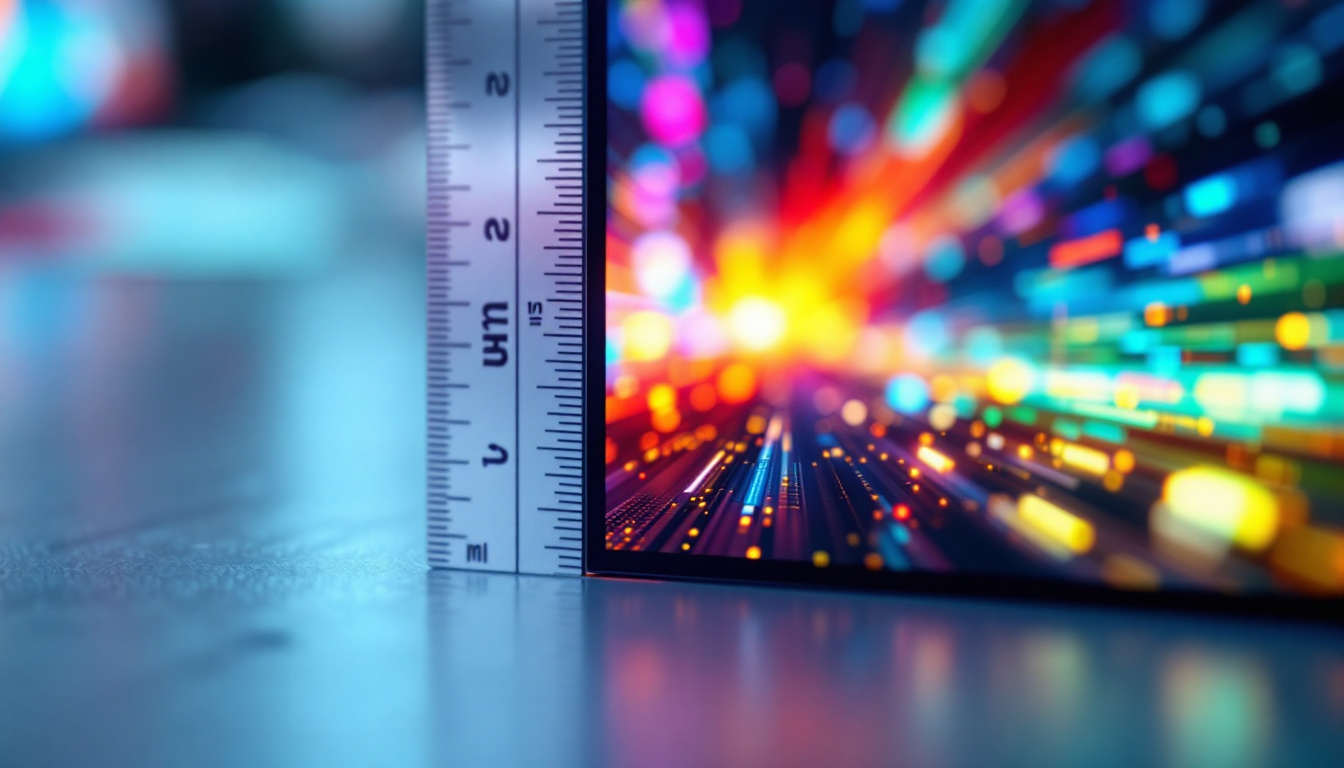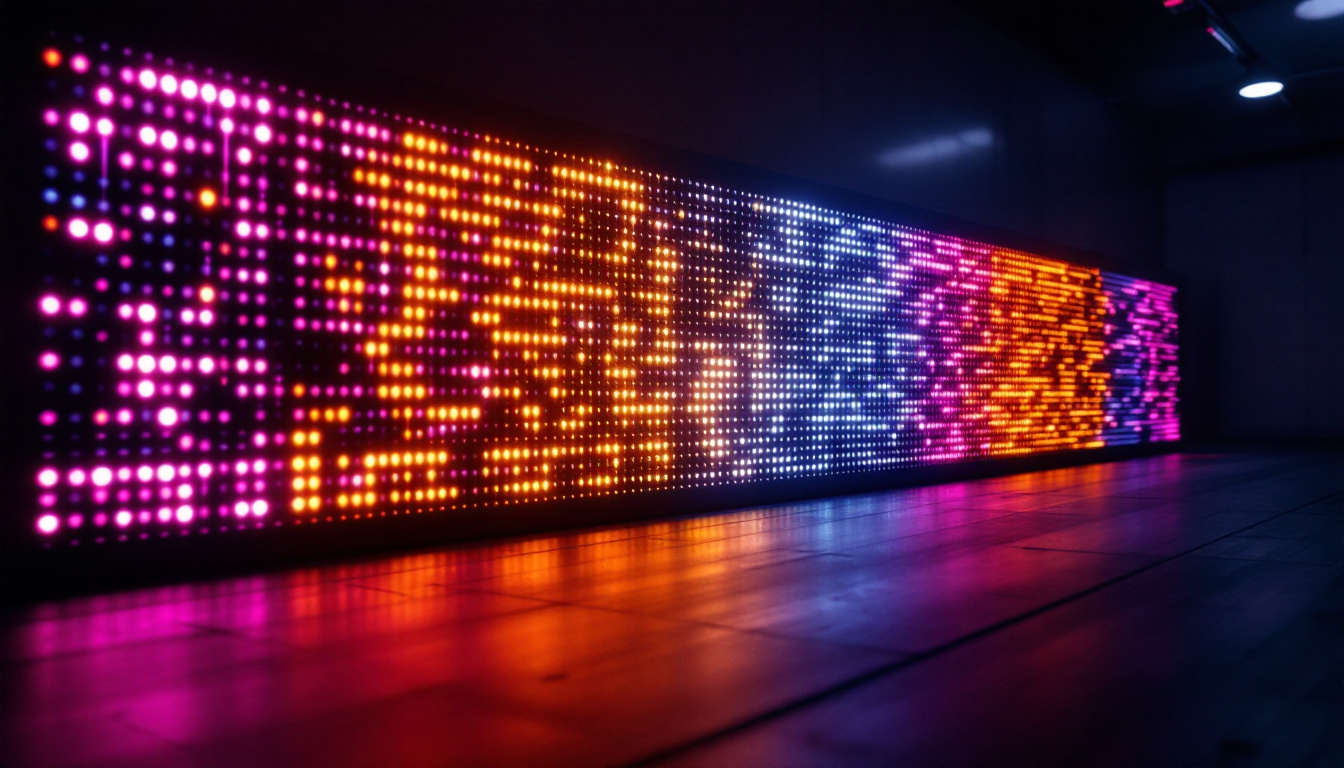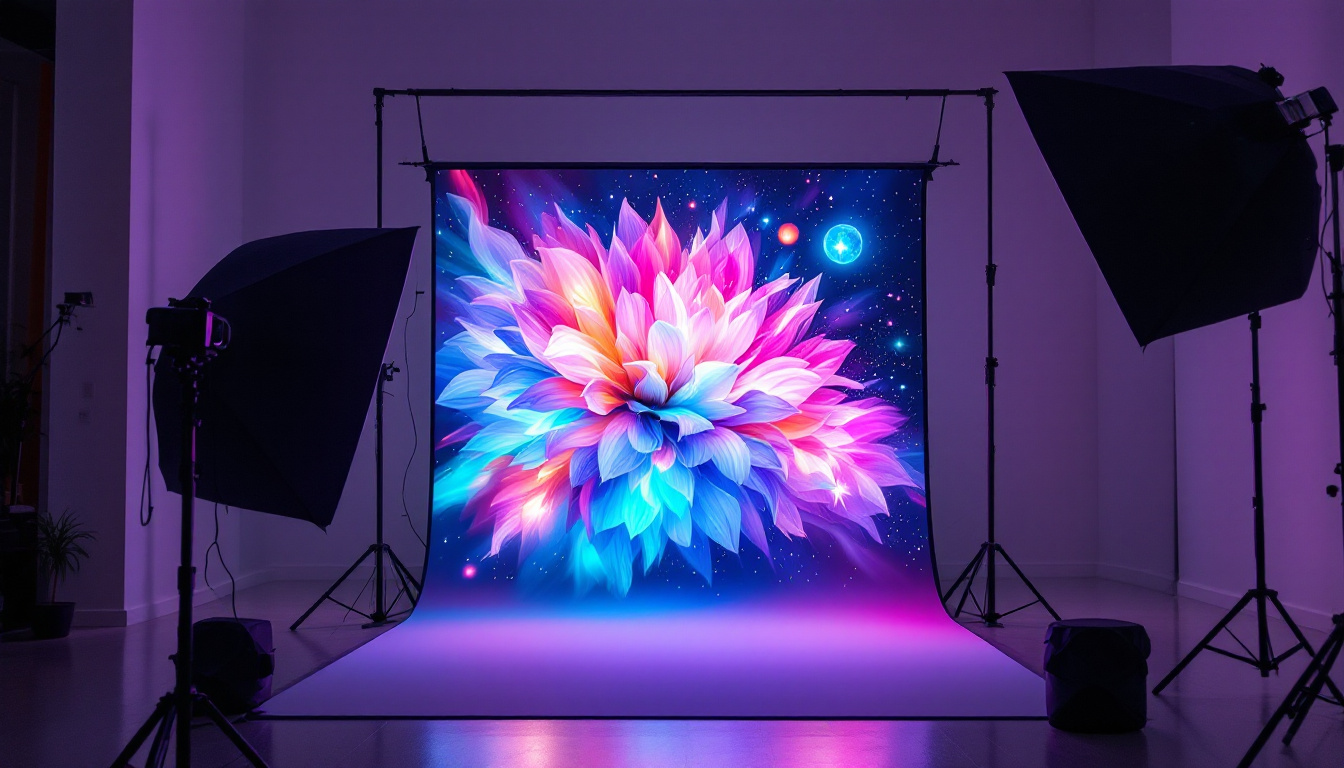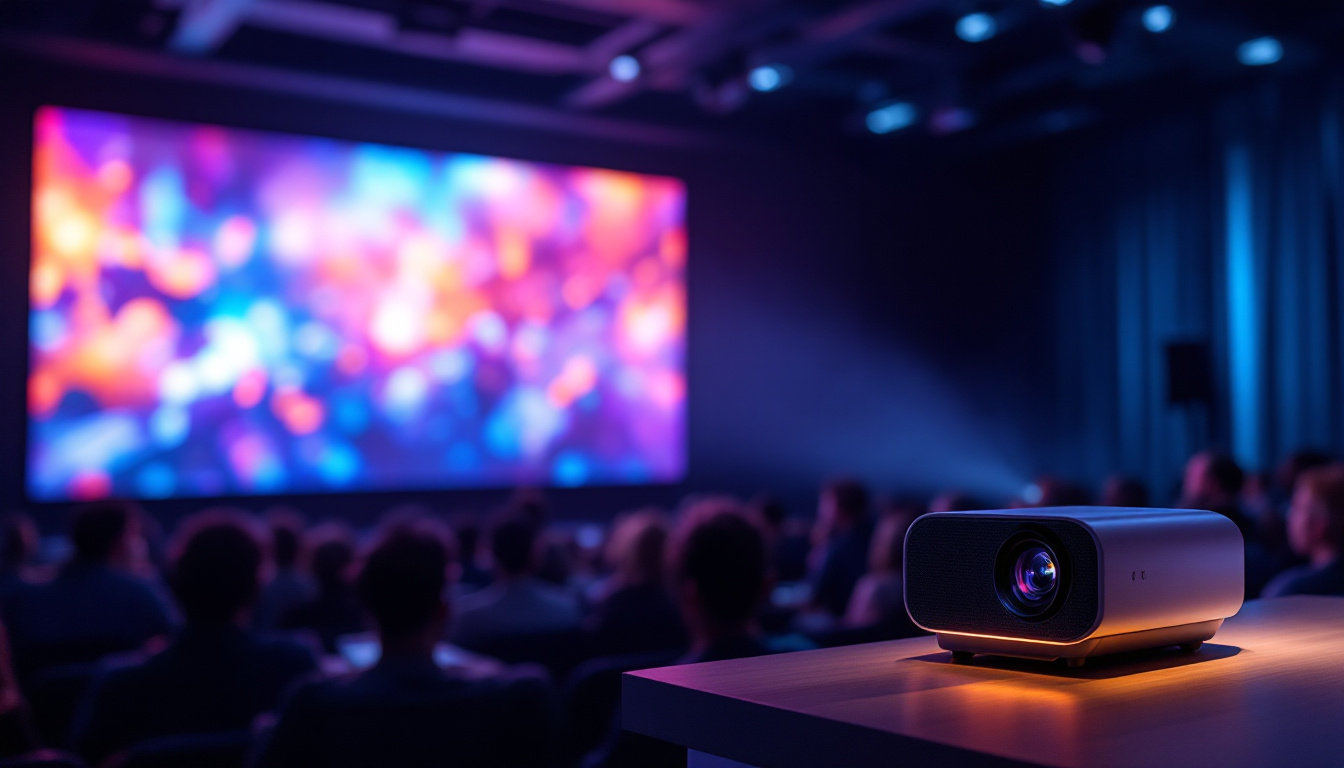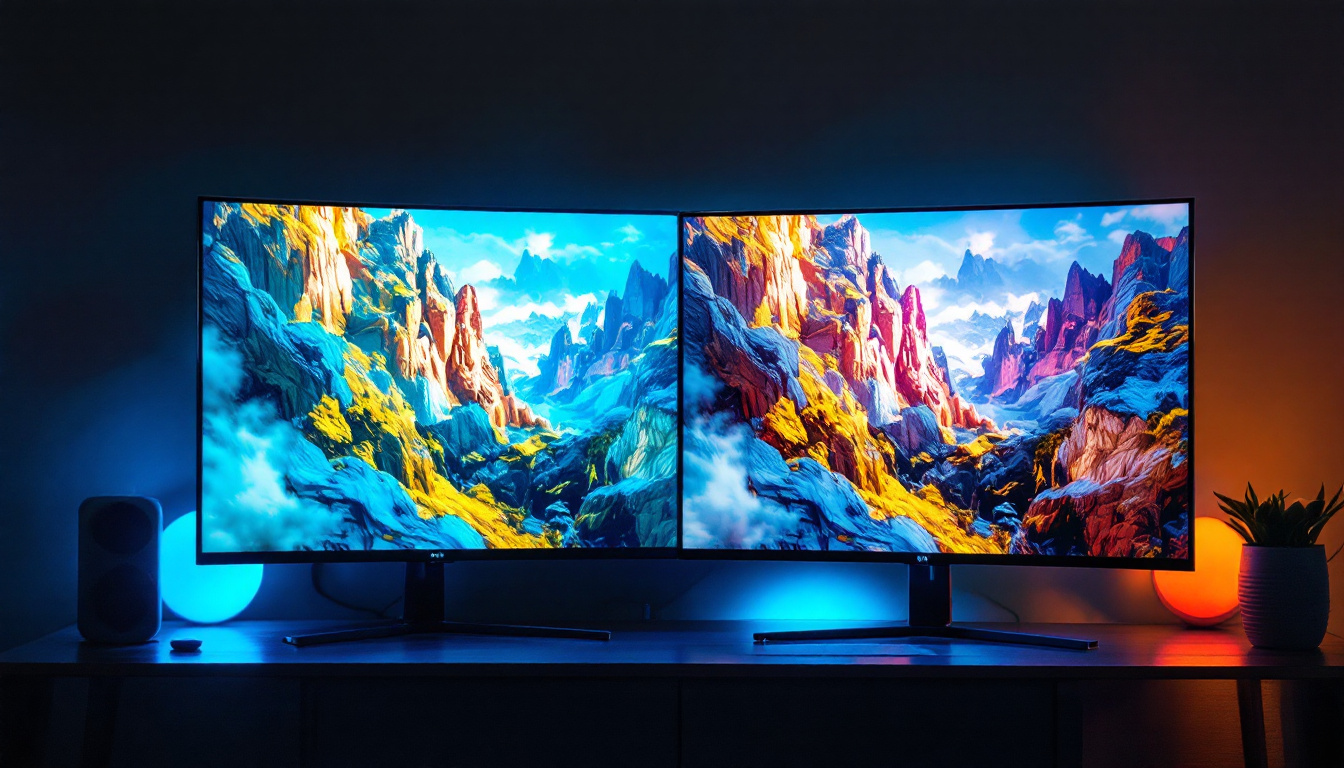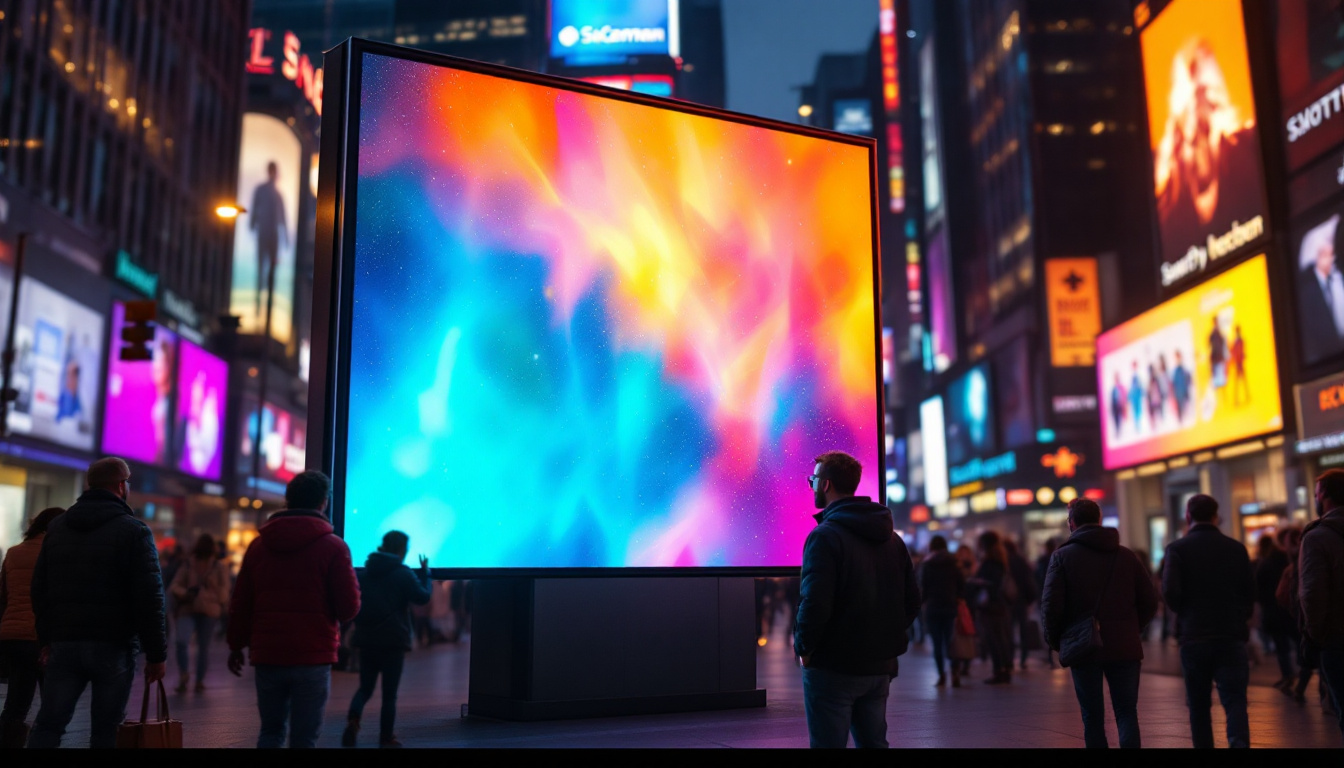In the world of photography, horticulture, and various scientific fields, understanding light intensity is crucial. A digital light meter is an essential tool that measures the amount of light in a given area, providing valuable data for professionals and enthusiasts alike. This article will delve into the workings of a digital light meter, focusing specifically on the LED display, its functionalities, and its significance in various applications.
Understanding Digital Light Meters
digital light meters are devices designed to measure light levels in lux or foot-candles. They are widely used in photography to ensure proper exposure, in agriculture to optimize plant growth, and in workplace environments to maintain adequate lighting standards. The shift from analog to digital technology has enhanced the accuracy and usability of these devices, making them more accessible to users across different fields. With the increasing importance of light quality in various sectors, understanding how to utilize these meters effectively can lead to improved outcomes, whether it’s capturing the perfect photograph or creating a conducive work environment.
How Digital Light Meters Work
At the core of a digital light meter is a light sensor, typically a photodiode or phototransistor, which converts light into an electrical signal. This signal is then processed by the device’s microcontroller, which calculates the light intensity based on the sensor’s readings. The results are displayed on an LED screen, providing users with immediate feedback on the light conditions. The precision of these readings can be critical; for instance, in photography, even slight variations in light can dramatically affect the final image, making accurate measurements essential for achieving desired artistic effects.
Most digital light meters come equipped with features such as data hold, which allows users to freeze the current reading on the display, and maximum/minimum recording functions that track fluctuations in light levels. These features enhance the usability of the device, making it easier to gather and analyze data. Additionally, some advanced models offer connectivity options, allowing data to be transferred to computers or smartphones for further analysis, which can be particularly beneficial in research settings or for professionals who need to document lighting conditions over time.
Types of Light Meters
There are various types of digital light meters available, each tailored for specific applications. Some of the most common types include:
- Incident Light Meters: These measure the light falling on a subject, making them ideal for photographers who need to assess lighting conditions before taking a shot. They often come with a white dome that diffuses light, ensuring that readings are accurate regardless of the angle from which the light hits the sensor.
- Reflected Light Meters: These measure the light reflecting off a surface, useful for determining exposure settings based on the subject’s brightness. This type of meter is particularly valuable in portrait photography, where the skin tones of subjects can significantly impact the overall exposure.
- Lux Meters: Specifically designed to measure illuminance in lux, these meters are often used in workplace assessments to ensure compliance with safety standards. They play a crucial role in ensuring that environments are not only safe but also conducive to productivity, as inadequate lighting can lead to eye strain and decreased work efficiency.
Furthermore, some light meters are designed for specialized applications, such as horticultural light meters that measure the specific wavelengths of light beneficial for plant growth. These meters can help growers optimize their lighting setups to enhance photosynthesis and improve crop yields. As technology continues to advance, we can expect to see even more innovative features in digital light meters, such as built-in data logging capabilities and integration with smart home systems for automated lighting control.
The Importance of LED Displays
The LED display is a critical component of digital light meters, providing users with clear, easy-to-read information. Unlike traditional analog displays, which can be difficult to interpret, LED screens offer precise numerical readings and often include additional features such as backlighting for use in low-light conditions.
Advantages of LED Displays
LED displays come with several advantages that enhance the user experience:
- Clarity: The bright and sharp visuals of LED displays make it easy to read measurements, even from a distance.
- Durability: LED screens are typically more robust than traditional LCDs, making them less prone to damage from impacts or environmental factors.
- Energy Efficiency: LEDs consume less power, extending the battery life of the device, which is particularly beneficial for fieldwork.
Interpreting Readings from an LED Display
Understanding how to interpret the readings on an LED display is essential for effective use of a digital light meter. Most displays will show the measurement unit (lux or foot-candles) alongside the numerical value. Some advanced models may also provide additional information, such as the measurement mode or battery status.
For instance, a reading of 500 lux indicates that there are 500 lumens of light per square meter. This information can help photographers determine the appropriate settings for their camera or assist horticulturists in assessing whether their plants are receiving adequate light for optimal growth.
Applications of Digital Light Meters
The versatility of digital light meters makes them invaluable across various fields. Here are some notable applications:
Photography
In photography, achieving the right exposure is paramount. Photographers use digital light meters to measure the light in a scene, allowing them to adjust their camera settings accordingly. This ensures that images are neither overexposed nor underexposed, resulting in high-quality photographs.
Additionally, light meters can help photographers understand how different lighting conditions affect their shots. For example, when shooting in bright sunlight versus a dimly lit room, the readings will vary significantly, guiding the photographer in making necessary adjustments.
Agriculture and Horticulture
In agriculture, light meters are essential for optimizing plant growth. Different plants have varying light requirements, and understanding these needs can significantly impact yield and quality. By measuring the light intensity in greenhouses or outdoor gardens, farmers can make informed decisions about plant placement and supplemental lighting.
Furthermore, monitoring light levels can help identify potential issues such as shading from nearby structures or trees, which could hinder plant growth. By using a digital light meter, growers can ensure their crops receive the optimal amount of light throughout their growth cycle.
Workplace Safety and Compliance
In workplace environments, maintaining adequate lighting is crucial for employee safety and productivity. Many industries have specific regulations regarding minimum light levels in workspaces, and digital light meters are used to ensure compliance with these standards.
By regularly measuring light levels in offices, factories, and other work areas, employers can identify areas that may require additional lighting or adjustments. This proactive approach not only enhances employee comfort but also reduces the risk of accidents caused by inadequate lighting.
Choosing the Right Digital Light Meter
When selecting a digital light meter, several factors should be considered to ensure it meets specific needs and requirements. Here are some key aspects to keep in mind:
Measurement Range
The measurement range of a light meter is crucial, as it determines the lowest and highest light levels the device can accurately measure. For most applications, a meter with a range of 0 to 200,000 lux will suffice. However, specialized tasks may require meters with extended ranges, particularly in industrial settings where light levels can vary dramatically.
Accuracy and Calibration
Accuracy is paramount when it comes to light measurements. Look for a digital light meter with a high degree of precision, typically indicated by a percentage error margin. Additionally, ensure that the meter can be calibrated, as this will help maintain its accuracy over time and ensure reliable readings.
Portability and Design
For professionals who need to use a light meter in various locations, portability is an important consideration. Choose a model that is lightweight and easy to carry. Also, consider the design of the device; an ergonomic shape and intuitive controls can enhance usability, especially during extended periods of use.
Maintenance and Care for Digital Light Meters
Proper maintenance of a digital light meter is essential for ensuring its longevity and accuracy. Here are some tips for caring for your device:
Regular Calibration
To maintain accuracy, it is advisable to calibrate the light meter periodically. Depending on usage, calibration may be required every few months or annually. Follow the manufacturer’s guidelines for calibration procedures to ensure optimal performance.
Cleaning and Storage
Keep the light meter clean by wiping it down with a soft, dry cloth after each use. Avoid using harsh chemicals that could damage the display or sensor. When storing the device, ensure it is kept in a protective case to prevent physical damage and exposure to extreme temperatures or humidity.
Battery Maintenance
Digital light meters typically operate on batteries, so monitoring battery life is essential. Replace batteries as needed, and consider using rechargeable batteries to reduce waste. Additionally, if the device will not be used for an extended period, remove the batteries to prevent leakage and damage.
Conclusion
Digital light meters with LED displays have revolutionized the way light intensity is measured across various fields. Their accuracy, ease of use, and versatility make them indispensable tools for photographers, horticulturists, and workplace safety professionals alike. By understanding the functionalities of these devices and how to interpret their readings, users can make informed decisions that enhance their work and ensure optimal conditions for their projects.
As technology continues to evolve, digital light meters will likely become even more advanced, offering new features and capabilities. Staying informed about these developments will empower users to leverage the full potential of their light meters, ultimately leading to improved outcomes in their respective fields.
Explore Cutting-Edge LED Display Solutions
Ready to take your projects to the next level with the latest in LED display technology? Discover LumenMatrix’s innovative range of LED display modules, designed to bring your visual communications to life. Whether you’re looking to enhance brand visibility with an Indoor LED Wall Display, captivate passersby with an Outdoor LED Wall Display, or create dynamic visual experiences with Custom LED Displays, LumenMatrix has the solution for you. Elevate your visual impact and engage your audience like never before. Check out LumenMatrix LED Display Solutions today and see the difference cutting-edge technology can make.




